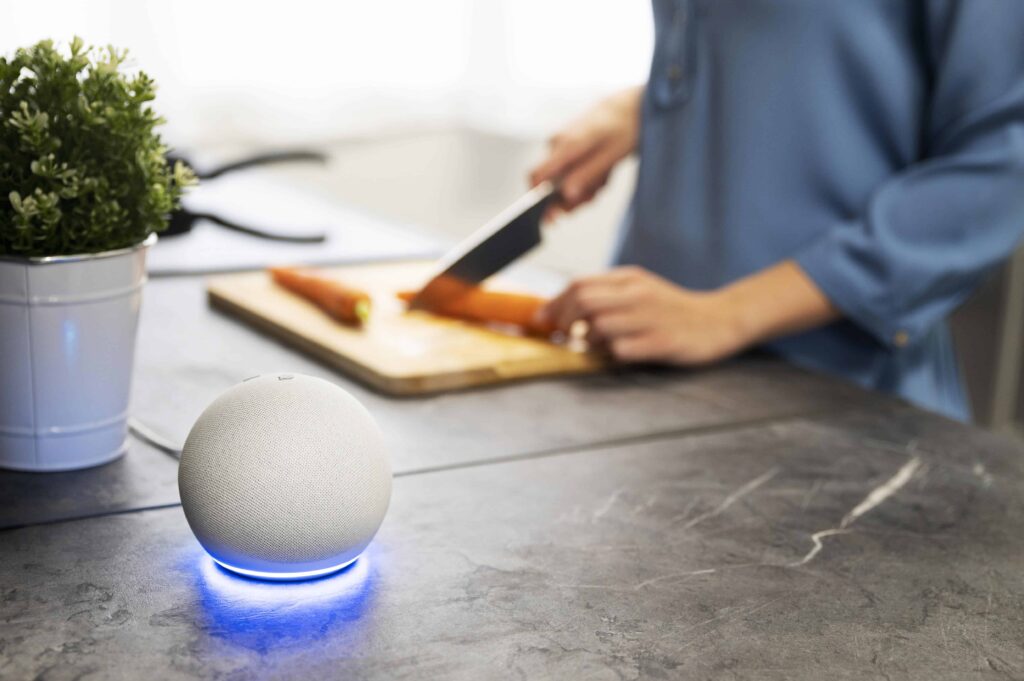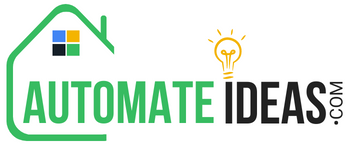The Internet of Things (IoT) provides unprecedented connectivity and convenience, has completely changed how we engage with technology. The Internet of Things has permeated every aspect of our everyday life, from wearable technology and smart homes to industrial automation and medical equipment.
However, as the number of linked devices has increased, it has become more crucial to know how to efficiently monitor and manage them. We will examine several approaches, tricks, and best practises to protect and effectively control IoT devices in this extensive tutorial.
It’s critical to comprehend the fundamental features of IoT devices in order to control them properly. IoT devices are actual physical items that are equipped with sensors, actuators, and connection features that enable them to gather and exchange data online.
These gadgets can be anything from straightforward sensors and switches to intricate systems like smart thermostats, security cameras, and industrial equipment. Knowing the features and capabilities of each device is essential because each one has different functionalities and control requirements.
Choosing the Right IoT Platform

For seamless device integration and control, choosing the correct IoT platform is essential. The communication, management, and control of data are made possible by an IoT platform, which serves as an intermediate between the devices and the user interface. Considerations for platform selection include ease of use, scalability, security features, and interoperability with different types of devices. Find the platform that matches your unique demands and requirements by researching several platforms and comparing their offerings.
Devices Connectivity Options
In the field of IoT Different communication protocols and technologies can be used to link IoT devices with internet. The most popular forms of connectivity are Ethernet, Wi-Fi, Bluetooth, Zigbee, and Z-Wave. Understanding the capabilities and requirements of your devices is vital because each connecting method has benefits and drawbacks. In order to establish communication and control, confirm that your devices are securely linked to the network.
Using mobile apps to control IoT devices
Many Internet of Things (IoT) devices come with specialised smartphone applications that let users monitor and control IoT devices from a distance. These applications offer an intuitive user interface and quick control over a number of device features. Follow these steps to manage your IoT devices using mobile apps:
A.Download the appropriate mobile app for every device.
B. Join the gadgets to your Wi-Fi network at home or at the office.
C. Open the app and adhere to the setup guidelines to add and customise the devices.
D. Once linked, you may operate and keep an eye on your IoT devices from any location with an internet connection by using the app.
Voice Control and virtual assistants

Due to the inclusion of virtual assistants like Apple Siri, Google Assistant, and Amazon Alexa, voice control of IoT devices has grown in popularity. Voice commands make managing IoT devices easier and provide hands-free control. To use voice commands to manage your IoT devices:
A. Check that your IoT devices are compatible with your desired virtual assistant and offer voice control features.
B. Configure your IoT devices with the virtual assistant device, such as an Amazon Echo or Google Home.
C. Use the virtual assistant’s setup guidance to integrate and set up your gadgets.
D. Once set up, you may use voice commands to manage a variety of operations, including lighting, temperature control, and music playback.
Hubs and bridges for centralised control
A central control hub or bridge might make management easier if you have several Internet of Things devices from various manufacturers. You may manage and control various devices using a single interface thanks to these hubs, which serve as an integrated control point. Here are a few crucial actions to configure centralised control:
A. Based on the connectivity choices for your device (such as Zigbee or Z-Wave), conduct research and select a compatible hub or bridge.
B. Join your home or office network to the hub or bridge.
C. To add and set up your devices inside the hub or bridge, according to the manufacturer’s instructions.
D. After installation, you can use the hub, bridge, or mobile app to control and monitor all of your IoT devices.
Automation and Smart Scenes
The capacity to automate processes and design intelligent scenes or routines is one of the major benefits of IoT. These features enable you to specify particular activities that are carried out in response to specific occasions, timetables, or user-defined circumstances. For instance, you could design a “Good Morning” scene that wakes you up by turning on the lights, adjusting the thermostat, and brewing coffee. Here’s how to use automation to manage your Internet of Things (IoT) devices:
A. Examine the automation tools your IoT platform or mobile apps offer.
B. Specify scenes or routines in accordance with your tastes and needs.
C. Set up triggers, such as voice instructions, sensor data, or time, to start the required actions.
D. Over time, modify and improve your scenes or routines to increase comfort and save efforts.
Enhance Privacy and Security

Security and privacy issues have grown in importance with the increased use of IoT devices. In order to avoid data breaches and have a safe environment, it is crucial to protect your IoT devices from unauthorised access. Here are some top recommendations to improve security:
A. Change default passwords: Change every IoT device’s default password right away to one that is distinct, robust, and complex.
B. Maintain device updates: Make sure your devices are regularly updated with the most recent security patches and bug fixes by updating their firmware.
C. Utilize network encryption: Use network encryption to protect your Wi-Fi network from unauthorised access. Strong encryption methods like WPA2 or WPA3 can be used to protect your Wi-Fi network.
D. Segment your network: To isolate any security flaws, think about setting up distinct network segments for your IoT devices and important devices, such as laptops or smartphones.
E. Monitor device Settings: Review and monitor your IoT devices’ settings frequently to look for and fix any potential security flaws.
F. Research device security: Check the manufacturer’s track record for security procedures before buying an IoT device, and prioritise items.
Monitoring Data Use

IoT devices produce a lot of data, therefore controlling data usage is crucial to preventing unforeseen fees from your internet service provider. Here are some pointers for efficient data management:
A. Track data consumption: To maintain tabs on your devices’ data usage, use the data monitoring tools offered by your IoT platform or network provider.
B. Establish data usage restrictions: To avoid consuming too much data, set data limits for your devices, if they have them.
C. Improve data transfer: Adjust your devices’ settings to reduce pointless data transfer and give priority to important functions.
D. Examine offline capabilities: Some IoT devices provide offline capabilities for particular functionalities. Use offline settings to cut back on data usage.
Ensure Network Reliability
Effective IoT device control requires a strong, dependable network connection. Here are some measures to make the network dependable:
A. Optimise Wi-Fi Coverage: Optimise Wi-Fi coverage by strategically placing your Wi-Fi router to provide the best possible coverage throughout your house or place of business. Avoid physical obstructions and sources of interference.
B. Think about mesh network systems: If your Wi-Fi signal is unreliable or there are dead areas in your home, you might want to invest in mesh network systems that offer seamless coverage and can accommodate more IoT devices.
C. Examine network bandwidth: Determine whether your network has enough bandwidth to support the data traffic produced by your IoT devices.
D. Update Router Firmware: Regularly upgrade your router’s firmware to take advantage of security updates and performance enhancements.
Future Plans in IoT Device Management
The management and control of IoT devices will develop further as technology develops. Among the new trends to be on the lookout for are:
A. Artificial Intelligence (AI): Integration of artificial intelligence (AI) will improve the automation and control capacities of IoT devices through the use of voice assistants and predictive analytics.
B. Edge computing: Edge computing minimises latency, boosts security, and enhances real-time control by processing data closer to the source (devices).
C. Blockchain Technology: Blockchain technology has the potential to guarantee the security, privacy, and integrity of data and transactions from IoT devices.
D. 5G connectivity: With the launch of 5G networks, connections will be quicker and more dependable, enabling seamless IoT device control.
Conclusion
To fully enjoy the convenience and advantages of IoT devices, controlling them effectively is essential. You may master the control of your IoT devices by comprehending the devices, selecting the appropriate platform, utilising mobile apps, voice control, and centralised control hubs, automating routines, boosting security and privacy, regulating data usage, and assuring network dependability.
If you want to benefit from upcoming developments and opportunities, keep up with developing trends in IoT device control. IoT devices can change how we live, work, and interact with technology, making our lives more productive, connected, and fun, with the right control and administration.

